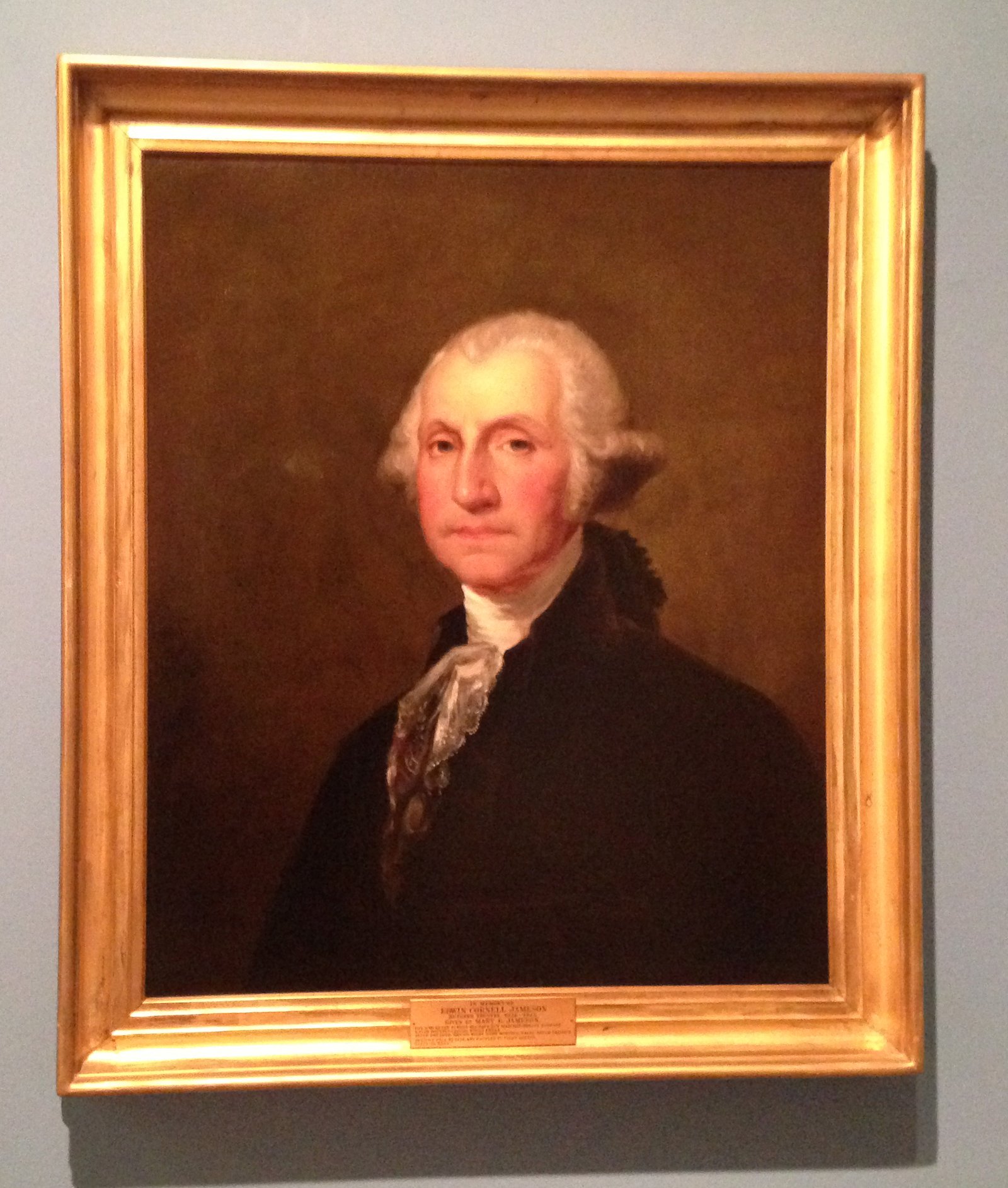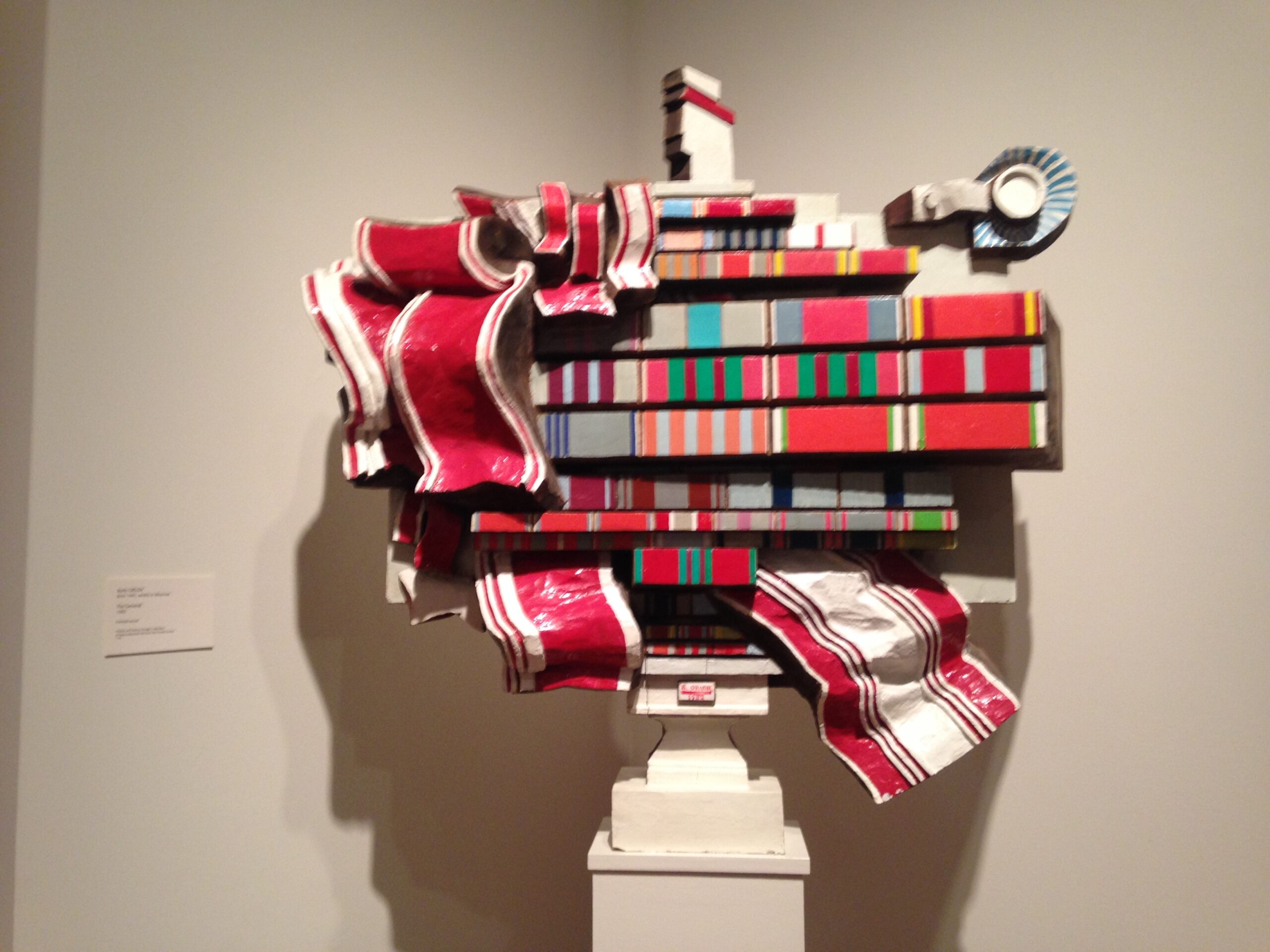The Zimmerli Art Museum is located on Rutgers University’s New Brunswick, New Jersey campus. It’s a great museum – one that I would certainly make a return trip to. However, I made a dumb planning mistake during my visit. I didn’t leave myself enough time, had trouble finding parking, and ended up with only about an hour to spend. As a result, I didn’t get to really enjoy the entire museum. Please learn from my mistake!
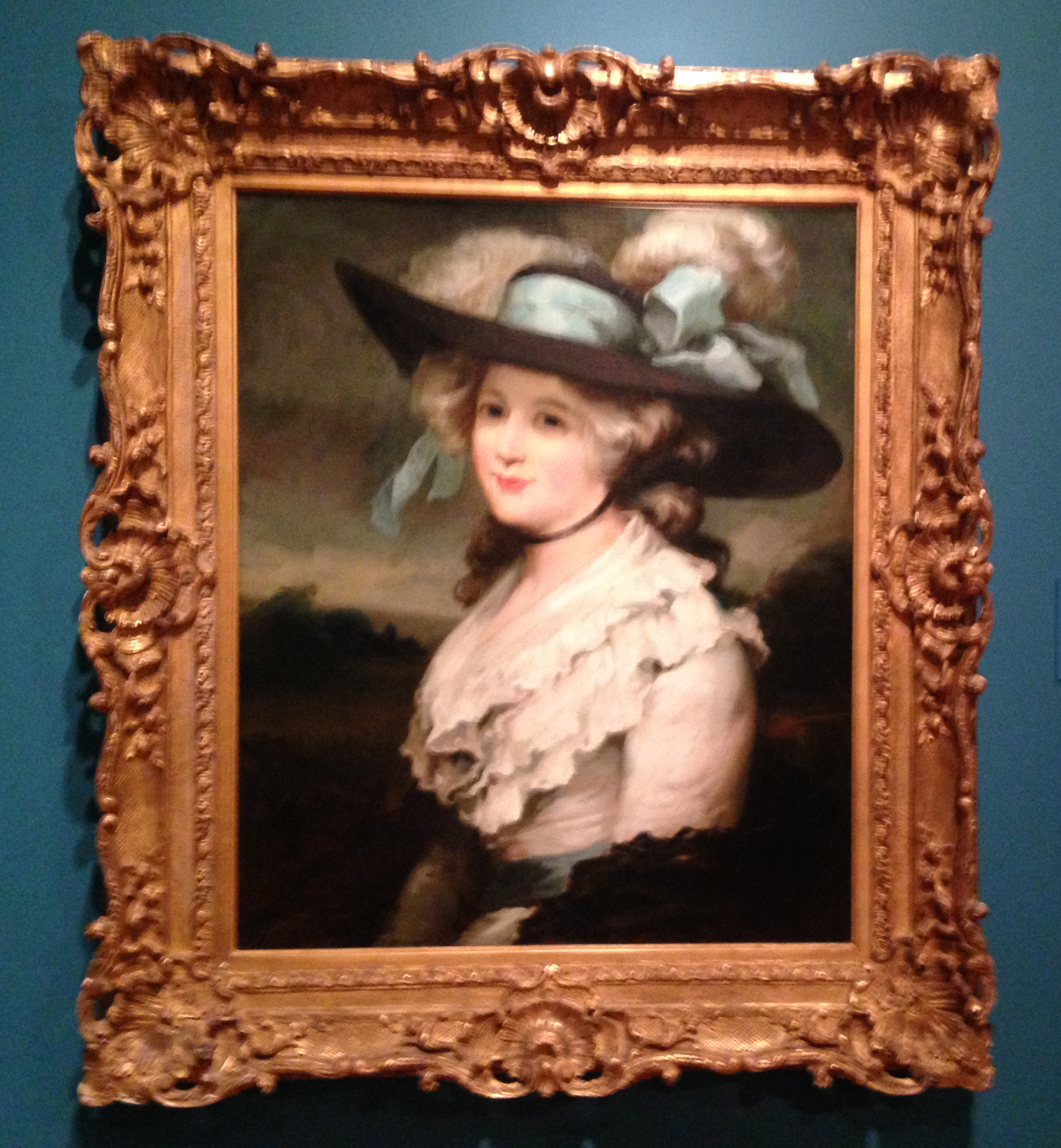
Details (as of 9/8/2024)
The Zimmerli Art Museum is free and open to the public Wednesday through Sunday. There’s a small café listed on the map, but I didn’t check it out for myself.
Hey everybody! I’m just reminding you that everything in a museum is subject to change – exhibitions, artworks on display, opening times, and prices. I can only tell you what the museum was like the last time I was there, which might not stay the same. It’s not only that exhibitions change and prices increase; I’ve revisited museums and found their fundamental personalities to be really different from my last visit (or that half their galleries are closed for renovation). I know how sad a disappointing museum visit can be, so I’m reminding you to check everything out on the museum’s website ahead of time.
What’s Inside
The very friendly guard at the reception desk told me that the Zimmerli is known for its collection of Soviet Nonconformist art – work made by artists living in the Soviet Union who did not conform to state-approved Social Realist style. As you might expect, the Nonconformists’ work criticized the Soviet state, and the artists put themselves at great personal risk by making it.
Since it’s the museum’s specialty, I decided to check it out first. I wasn’t at all familiar with this style, and I don’t know a lot of specifics about Soviet history and culture either. The Nonconformists made a lot of abstract paintings, mixed-media sculpture, and installations. As I’m sure most of you have figured out by now, avant garde art isn’t my strongest subject, and I definitely wasn’t in the ideal frame of mind to tackle it after my transportation struggles. Because of my time constraint, I had to skip the second Nonconformist gallery showing art related to the Russian Revolution. When I briefly peeked in, I was impressed by what seemed to be a battle bra with military insignia.
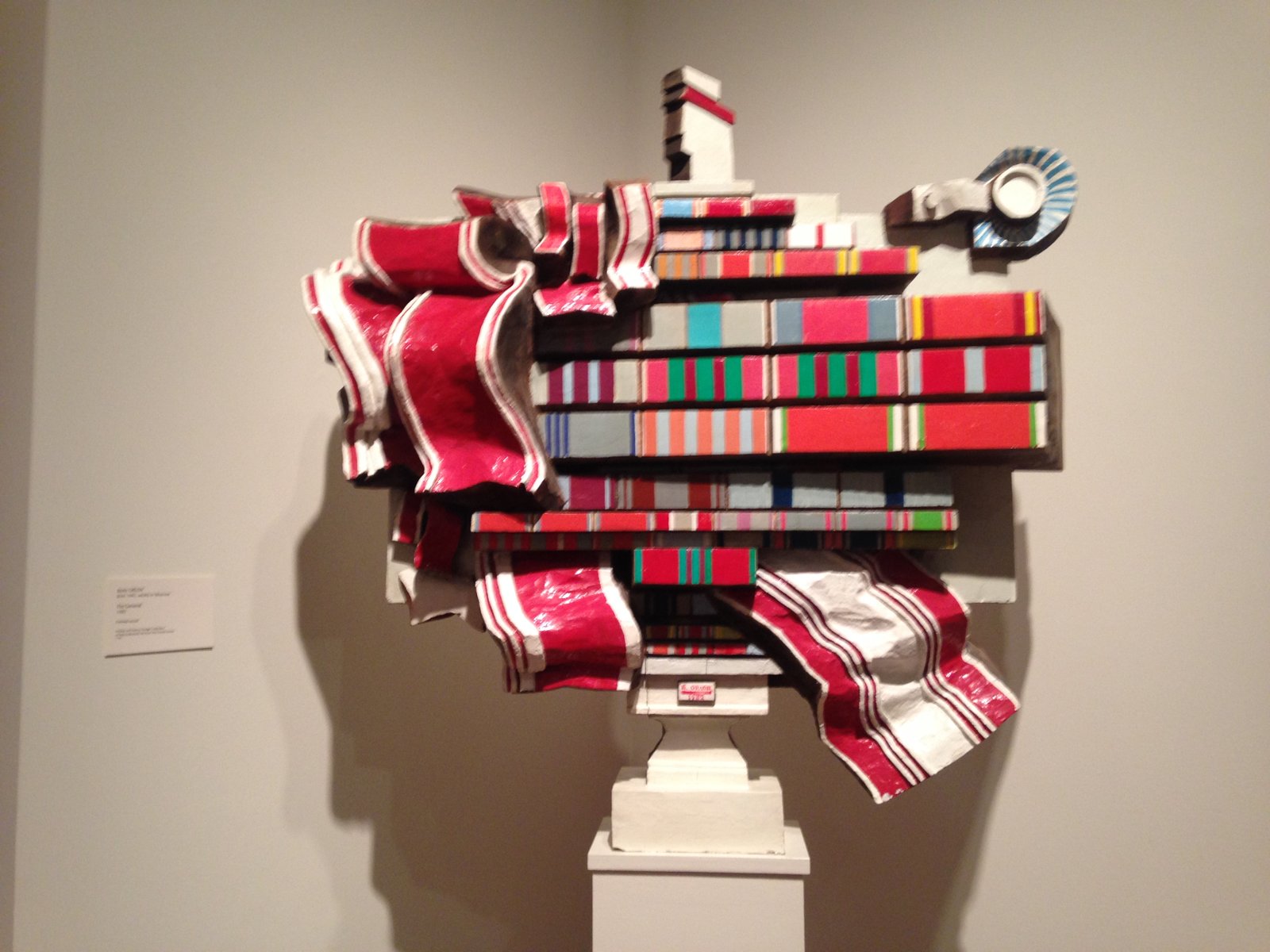
Here’s what else I saw:
- The Zimmerli has a smaller collection of pre-Soviet Russian artwork. It includes a few religious icons, 18th and 19th-century paintings and drawings, and a few bronze sculptures. In this case, I was familiar with the style but not the cultural specifics, and I would have liked to spend much more time here.
- A small American collection of artwork from the colonial period to the present day. Highlights include: early folk art paintings, Jane Stuart’s portrait of George Washington, several gorgeous Hudson River School landscapes, some works by Ashcan School artists, a small case of Tiffany glass, and works by important-but-not-famous American artists. There’s also a big section of contemporary American art. I really enjoyed the sometimes atypical examples of an artist’s work, as well as the fact that many of the pieces had strong New Jersey associations.
- On the American gallery’s mezzanine, I saw a lovely little exhibition about the rise of screen printing in American art. Works on paper are another specialty for this museum.
- Also on the mezzanine was a large-scale metal sculptural installation by Herbert Ferber. It completely dominates its little gallery, which really freaked me out for some reason. I looked in but didn’t dare to enter.
- A modest collection of European artworks from the medieval period onward is full of unusual stuff. My favorite piece was an entire set of clay caricature busts of important Frenchmen by Honore Daumier. Unfortunately, I didn’t get a picture. I also enjoyed a selection of entertainment-related works from 19th-century France.
- A study gallery on the lower level displays a changing selection from the collection. I saw a lot of interesting things, mostly photography and works on paper, that were unlike anything else on display in the museum.
A large special exhibition gallery on the lower level houses large special exhibitions. Unfortunately, “Set in Stone: Lithography in Paris, 1814-1900” wasn’t opened yet when I was there. (It opened the very next day – another example of poor planning on my part.) This exhibition will be open through July 29, 2018.
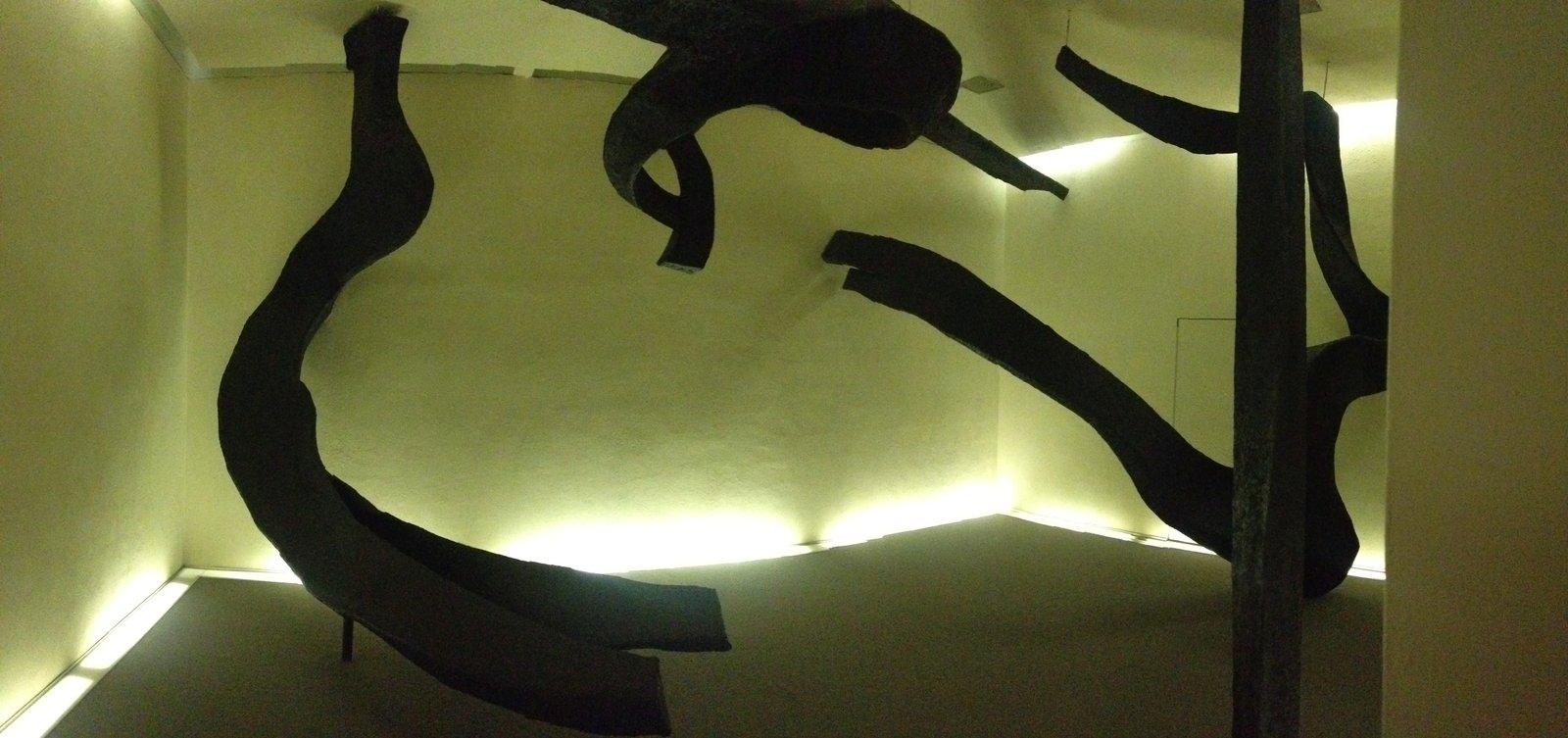
Things to Keep in Mind If You Go
- Parking in New Brunswick is very difficult, and that was my downfall. The Rutgers website says that street parking is available near the museum, but it’s pretty much impossible to get a spot. This area is also full of one-way streets, which led me to drive around lost and confused for about a half hour. I considered parking in the recommended deck, which cost about $3.00 per hour, but it was far enough away that I wasn’t sure I would be able to find my way to the museum on foot. Perhaps there was a shuttle that I didn’t know about. I finally got a spot about four blocks away, but I only had enough change for an hour. Metered parking in New Brunswick (or at least on that street) costs 25 cents for ten minutes, so be sure to bring quarters!
- On the other hand, NJ Transit’s New Brunswick station is only a block or so from the museum. I will probably take the train for future visits.
- The museum is adjacent to Rutgers’s Voorhees Hall, home to the art history department. Classrooms are scattered throughout, and some of them open onto the same hallways as the galleries. It would be very easy to accidently walk in on the middle of a lecture. I’m sure it happens all the time, but save yourself some awkwardness by paying attention to where you’re going. (Personally I sort of wanted to listen to the lecture, but I didn’t think I would have been welcome to.)
The Zimmerli Art Museum is a good choice for the intermediate museum goer, or anyone particularly interested in Soviet Nonconformist art. Just plan better than I did.
